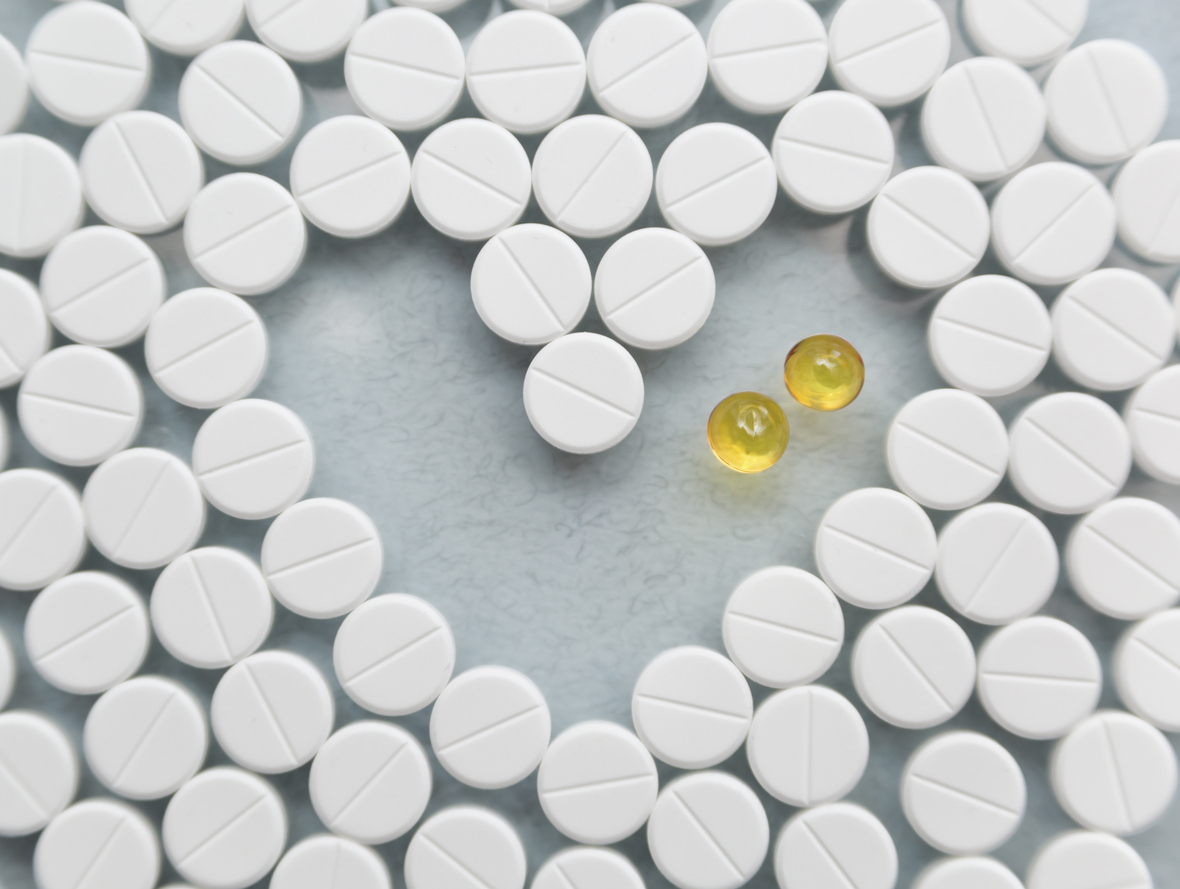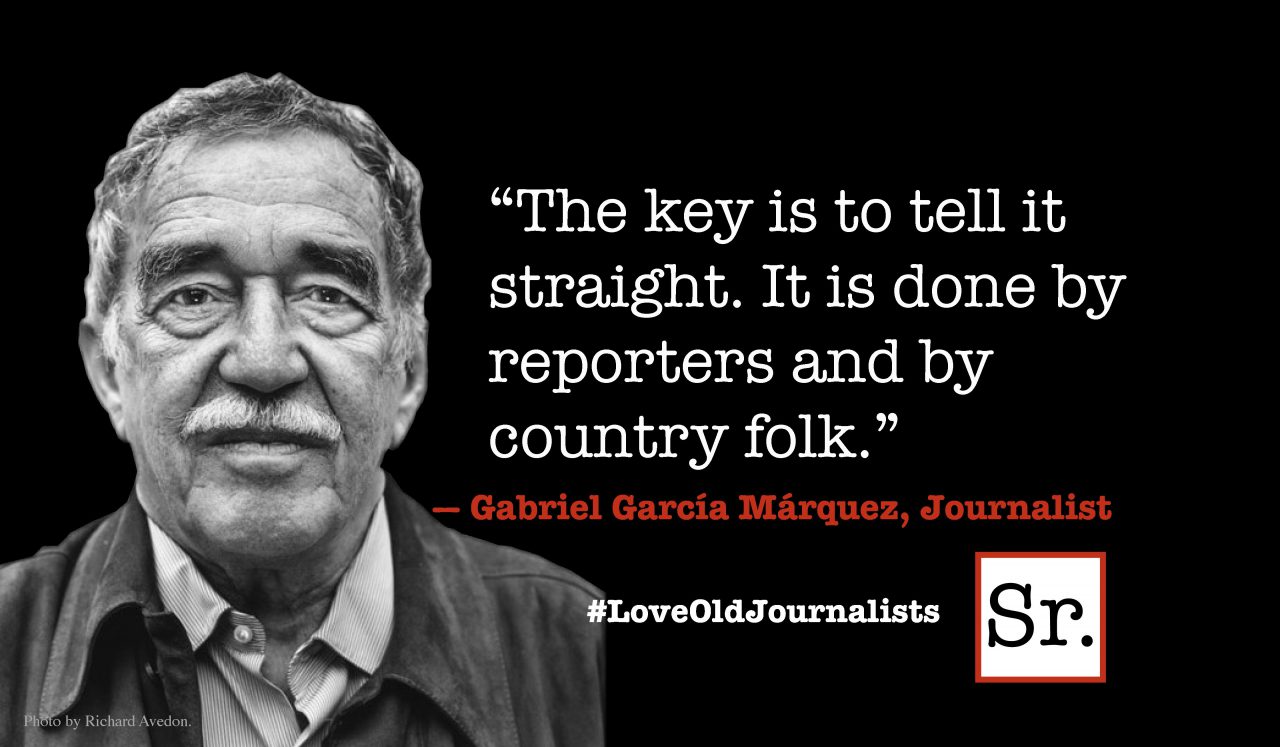Q. Are all blood thinners the same?
Blood thinners reduce the risk of heart attack and stroke by reducing the formation of blood clots in your arteries and veins.
There are two main categories of blood thinners: antiplatelets and anticoagulants.
Antiplatelets prevent blood cells called platelets from forming a clot. Anticoagulants affect your body chemistry and lengthen the time it takes to form a blood clot.
When a person is wounded, platelets release thromboxane, a chemical that signals other platelets to work together to heal the damage. Without thromboxane, the platelets won’t collect and no clot will form.
Antiplatelet agents, including aspirin and clopidogrel (Plavix), work by inhibiting the production of thromboxane.
Aspirin is highly recommended for preventing a first stroke, but it and other antiplatelets also have an important role in preventing recurrent strokes.
A stroke, which is also called a “brain attack,” is caused by a blood problem in the brain. An “ischemic stroke” is caused by too little blood in the brain. A “hemorrhagic stroke” is caused by too much blood.
About 80 percent of strokes are ischemic strokes; they occur when blood clots or other particles block arteries to your brain. Hemorrhagic stroke occurs when a blood vessel in your brain leaks or ruptures.
For long-term prevention, antiplatelet therapy is recommended primarily for people who have had a transient ischemic attack (TIA or “mini” stroke) or acute ischemic stroke.
Despite the potential benefits, antiplatelet therapy is not for everyone. People with a history of liver or kidney disease, gastrointestinal disease or peptic ulcers, high blood pressure, bleeding disorders or asthma may not be able to take aspirin or may require special dosage adjustments.
Anticoagulants target clotting factors, proteins made in the liver. These are crucial to the blood-clotting process.
These proteins can’t be created in the liver without Vitamin K — a common vitamin found in cabbage, cauliflower, spinach and other leafy green vegetables. Anticoagulants, such as warfarin (Coumadin) and heparin, slow clot formation by competing with Vitamin K.
Anticoagulants are considered more aggressive drugs than antiplatelets. They are recommended primarily for people with a high risk of stroke and people with atrial fibrillation.
More than two million Americans have atrial fibrillation (AF), a rhythmic disorder of the heart where the atria (the heart’s pumping chambers) quiver instead of beat. As a result, not all of the blood is pumped out of the heart, allowing pools to collect in the heart chamber, where clots may form.
Does a combination of antiplatelet and anticoagulant therapies work better than either of them alone?
Researchers have found that a combination of low-dose warfarin and low-dose aspirin is no more effective than aspirin by itself. Furthermore, in the study group, major internal bleeding occurred nearly twice as often in the combination-therapy patients compared with the aspirin-only patients.









